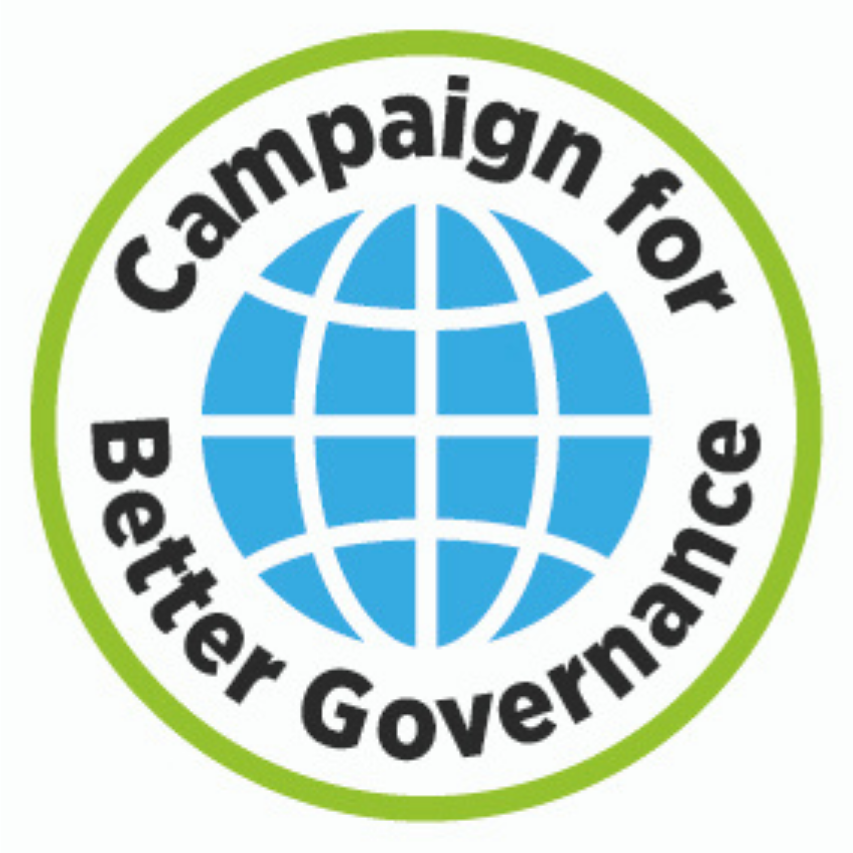
Transparency on gender equality in UK companies has received a much-needed boost from compulsory gender pay gap reporting since 2017, even if the figures themselves have been somewhat stagnant.
For the asset management sector, which has traditionally been overwhelmingly male, having the data to shine a light on this lack of diversity is particularly welcome.
With this year’s gender pay gap reporting deadline having just passed, ESG Clarity wanted to home in further and look at the gender pay gap data for asset managers offering gender equality funds. As the ESG movement progresses, this kind of reporting means we are able to get a picture of how firms are integrating into their own company what they are offering in their investment strategy.
The results show that firms do appear to be practising what they preach, and that those offering gender-focused investment strategies have smaller gender pay gaps in their businesses.
ESG Clarity used figures from sustainable investment data provider Physis to establish which UK asset managers offer funds with the greatest allocation to UN Sustainable Development Goal 5 – to achieve gender equality and empower all women and girls. Out of four groups identified, two publicly report their gender pay gap: Baillie Gifford and Legal and General Investment Management (LGIM). The allocations to SDG 5 by percentage, with the Billie Gifford EAFE All Cap K fund coming out top with 11.34%, were accurate on 12 April 2022 and may be subject to change.
UK funds with highest allocation to SDG 5
| Fund name | Allocation to SDG 5 |
| Baillie Gifford Developed EAFE All Cap K | 11.34% |
| Baillie Gifford International Growth 2 | 10.85% |
| Regnan Global Equity Impact Solutions A GBP Accumulating | 10.75% |
| JOHCM International Opps Institutional | 10.51% |
| Legal & General Future World Climate Change Equity Factors Index | 10.31% |
We looked at how these asset managers compared to their peers when it comes to the gender pay gap.
For 2021, Baillie Gifford’s mean gender pay gap was 15.5%, which was half the average pay gap, 30.1%, for a sample of 38 asset managers that reported this year.
At 12.7%, Baillie Gifford also came in lower on the median gender pay gap than that of the sample, which was 31.3%. And while the median pay gap for all large UK companies offering financial services or insurance has been stuck at around 22% since 2017, at Baillie Gifford it has fallen five percentage points from 17.9% in 2017.
Median and mean gender pay gap in financial services and insurance sector
| Median GPG | Mean GPG | |
| 2017/18 | 22.4% | 26.9% |
| 2018/19 | 22.6% | 27.9% |
| 2019/20 | 23.9% | 27.1% |
| 2020/21 | 22.2% | 26.6% |
| 2021/22 | 26.0% | 26.9% |
| LGIM 21/22 | 16.5% | 16.8% |
| Baillie Gifford 21/22 | 12.7% | 15.5% |
| Average for 38 asset managers 21/22 | 31.3% | 30.1% |
At LGIM in 2021, the average difference between men and women’s hourly pay was 16.8% and the median difference between each group’s pay was 16.5%. The latter being four percentage points above Baillie Gifford’s median pay gap, but still 47% less than the sample of 38 of its peers. Over the five years pay gap reporting has been compulsory, LGIM has made similar progress to Baillie Gifford in bringing the median figure down five percentage points.
The median figure can provide a more realistic picture than taking the average salary of an entire firm – which can be skewed by the highest-paid staff. But it is far from perfect. Anthony Horrigan, CEO of pay gap analysis consultants Spktral, said it is unhelpful to compare pay gap percentages without having first normalised for each organisation’s employee headcount and the overall percentage of women.
Women’s representation in financial services and insurance sector by pay quarters
| Lower quarter | Lower middle quarter | Upper middle quarter | Upper quarter | |
| 2017/18 | 58.5 | 51 | 41.6 | 29 |
| 2018/19 | 58 | 51.7 | 42 | 29 |
| 2019/20 | 58 | 51.4 | 41.3 | 29.2 |
| 2020/21 | 58 | 51 | 41.1 | 29 |
| 2021/22 | 58.1 | 51 | 41.6 | 29 |
| LGIM 21/22 | 46.9 | 42.3 | 31.3 | 23.6 |
| Baillie Gifford 21/22 | 51.2 | 57.5 | 45.8 | 37.6 |
| Average for 38 asset managers 21/22 | 57.5 | 45.7 | 33.3 | 21.4 |
“It’s also the entire talent pool boiled down to the average or middle man and the average or middle woman,” said Horrigan.
A much more comprehensive understanding of how firms are performing on gender diversity, according to Horrigan, can be seen in the percentage of women in each quarter of the company, from the lowest paid to the highest.
Using this method to compare the two asset managers with the highest allocation to SDG 5, the difference in gender diversity between them widens.
2021/22 Figures on women’s representation
| Lower quarter | Middle two quarters (average) | Upper quarter | Overall women’s representation | |
| LGIM | 30.3% extra | 2.2% extra | 34.4% missing | 36.0% |
| Baillie Gifford | 6.7% extra | 7.6% extra | 21.7% missing | 48.0% |
| Average for 38 asset managers | 46.9% extra | 0.4% missing | 46.1% missing | 39.5% |
For LGIM, the overall representation of women in the company is 36%, which means, ideally, women’s representation would be 36% in each pay quarter. However, in the quarter of the staff on the lowest pay, there are 30.3% extra women than are found in the company as a whole. And in the highest paid quarter of the company there are 34.4% less women. The table shows an average of the lower middle and the upper middle pay quarters.
Compare this with Baillie Gifford where 6.7% extra women can be seen in the lowest paid quarter compared with women’s representation in the company overall. There are still a significant number, 21.7%, of women missing from the highest paid quarter of staff at Baillie Gifford but this is 13 percentage points better than LGIM.
Commenting on these findings, Horrigan said: “Using the new way of measuring them would suggest that both are better than average [for financial services insurance] and that Baillie Gifford is doing slightly better than LGIM in terms of deltas at the top and bottom.”
See also: – Have you reported your gender pay gap correctly this year?
Home-grown talent
The story from the numbers alone seems to show both asset managers making progress on gender diversity. As an employer Baillie Gifford in particular seems to be taking steps to improve women’s representation across the company. In its 2021 gender pay gap report, the company acknowledges some its gender diversity struggles.
“Despite… improvement our gender pay gap persists. Why? The dominant reason is that we still have more men than women in senior-level roles. To address this, we continuously evolve our approach to attracting brilliant people at all levels of the firm to encourage broader social, ethnic and gender diversity.
“Our preference is to grow our own talent and we understand that effecting change will therefore take time. Meanwhile, we apply a diversity and inclusion (D&I) lens to everything that we do, raising awareness throughout the firm.
“This has recently included more of a data-driven focus to consider any evidence of unconscious bias in the decision-making process on recruitment, reward and promotions. Improved data and insights in this area will provide the foundations for further D&I progress,” the report stated.
Baillie Gifford also noted the impact the pandemic has had on women “of increased, or disproportionate, caring responsibilities” which it said “appears to have impacted on the mobility of women into new roles and new employers.”
The asset manager stated: “We remain alert to emerging research on how different ways of working can impact the progression of diverse groups of colleagues.”
Recruitment and retention
Meanwhile, LGIM’s parent company Legal and General Group has identified two action areas for narrowing the gender pay gap – building diversity through recruiting from a wider talent pool and retaining women talent and investing in the employer brand.
The group said it is aiming to recruit “in a way that improves women’s representation, especially at senior levels of the organisation,” and wants to demonstrate Legal and General is “a company where people of all genders can build lasting careers” and create conditions to make this a reality.
ESG Clarity and other Bonhill titles are running a Campaign for Better Governance across the investment industry. For more details, click here.








